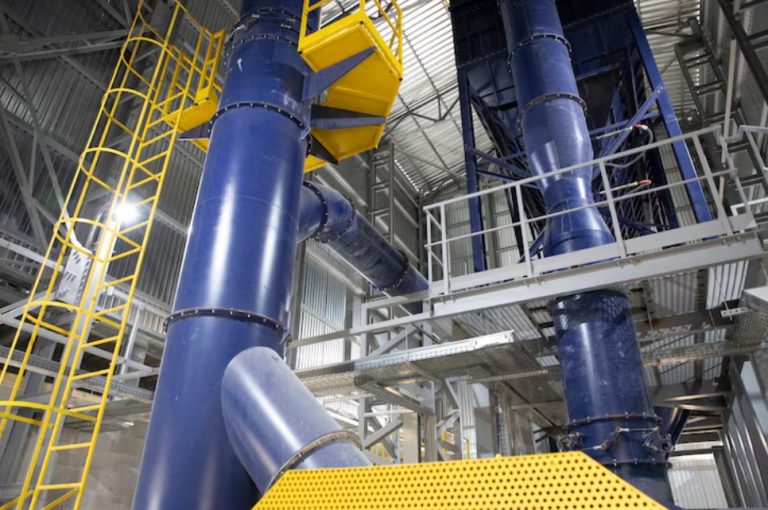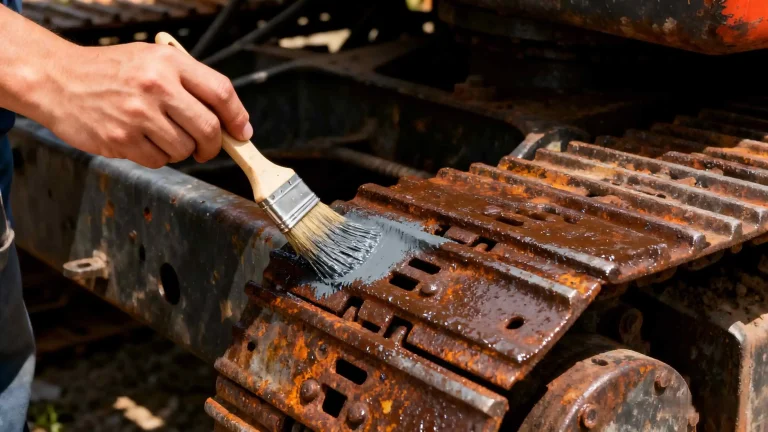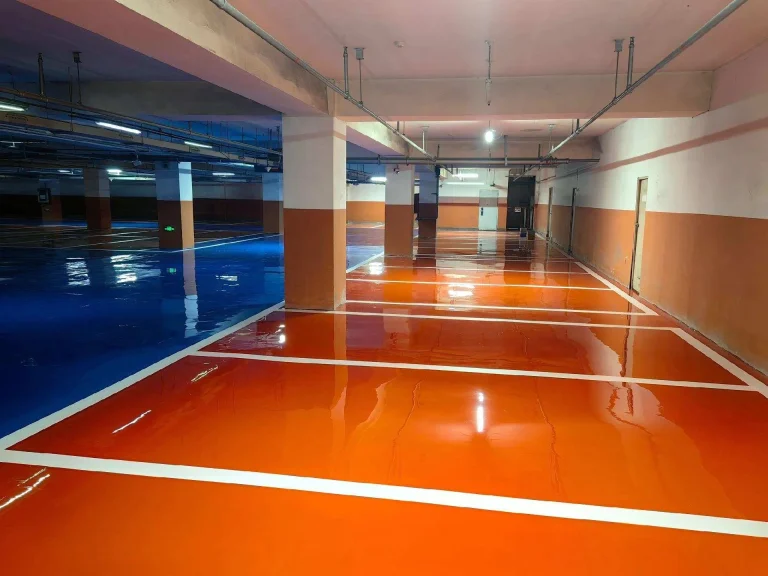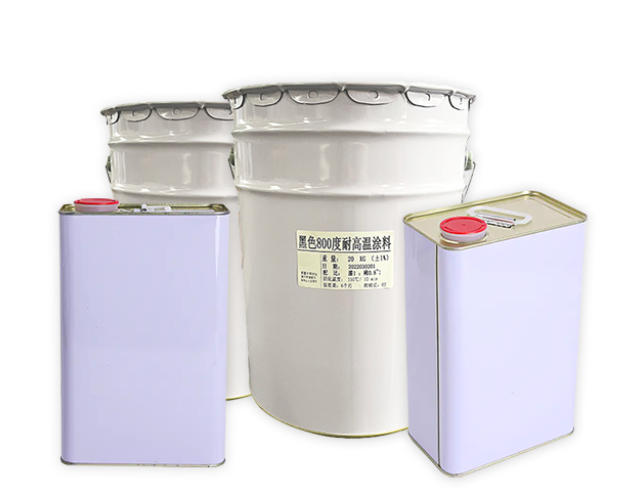
Hey there, if you’re dealing with anything that gets really hot—like engines, grills, or industrial pipes—you’ve probably wondered about protecting those surfaces. Heat can wreck metal fast, causing rust, peeling, or just plain failure. That’s where heat resistant coatings come in. They’re not just some fancy paint; they’re built to handle extreme temperatures without breaking a sweat. In this post, we’ll dive into when you should grab one of these coatings, why they matter, and some real-world tips from the field. Stick around, because by the end, you’ll know exactly if it’s time to coat up.
Understanding Heat Resistant Coatings
What Exactly Are Heat Resistant Coatings?
Heat resistant coatings are special paints designed to shield surfaces from high temperatures. Think of them as a tough shield for metal parts that face flames or intense heat. Most are made from silicone resins or other heat-stable stuff, like inorganic silicates mixed with pigments that don’t fade. They can take up to 800°C—without discoloring, peeling, or turning to powder.
I once chatted with a mechanic who swore by these for exhaust systems. Without them, pipes would corrode in months. But with a good coating? They last years. It’s not magic; it’s science. These coatings form a barrier that blocks oxidation and corrosion, keeping the underlying metal safe. And yeah, they’re often low in VOCs, so they’re kinder to the environment too—important if you’re in a regulated industry.
Key Features That Make Them Stand Out
What sets these coatings apart? For starters, no color change. Imagine painting your BBQ grill black, and it stays black even after hours over open flames. No yellowing or fading. Then there’s the no-peel factor—strong adhesion means it sticks tight, even with heat expansion and contraction. Durability is huge; they resist chalking and cracking, extending equipment life by 2-3 times in harsh spots.
- Temperature Tolerance:Up to 800°C for top-end ones.
- Adhesion Strength:Bonds like glue to metals.
- Corrosion Resistance:Fights off rust and chemical attacks.
- Ease of Use:Spray or brush on, cures with heat or air dry.
Not all are the same, though. Some are silicone-based for flexibility, others inorganic for super-high heat. Pick wrong, and you’re back to square one. Oh, and a side note: I’ve seen folks mix them up with regular paints. Big mistake. Those flake off at 200°C.
Common Scenarios Where Heat Resistant Coatings Shine
Heat doesn’t play favorites—it hits everything from cars to kitchens. Here’s when you really need these coatings. We’ll break it down by area, with some examples to make it real.
Automotive Applications
Cars and trucks run hot. Exhaust pipes hit 500-600°C easy, engines even hotter. Without protection, metal fatigues, leading to cracks or leaks. That’s dangerous and costly—repairs can run $500-1,000 per pipe.
Take a motorcycle exhaust. Riders love that chrome look, but heat dulls it fast. A heat resistant coating keeps it shiny, cuts down vibration wear, and boosts fuel efficiency by a smidge since the system stays intact. In the auto industry, these coatings are standard for manifolds, turbochargers, and brakes. Market stats show the global auto sector eats up about 30% of heat resistant coatings, growing as electric vehicles add their own heat challenges from batteries.
Ever fixed a rusted muffler? I have, and it’s a pain. Coatings prevent that mess.
Home and Outdoor Uses
At home, think BBQs, fireplaces, and stoves. Your grill faces direct flames, grease splatters, and weather. Ordinary paint bubbles and peels after one season. A heat resistant coating? It handles 800°C flames, no chalking, and keeps rust at bay. Picture firing up the grill for a summer party—coating means no flaky bits in your burgers.
Fireplaces are another spot. Wood-burning ones get scorching, and without coating, the metal warps or corrodes. I’ve heard stories of folks repainting yearly until they switched. Now, it lasts 5+ years. Outdoor heaters or chimneys too—coatings make them safer and prettier. In colder climates, this stuff saves on maintenance, especially with salt air or rain speeding up rust.
And don’t forget gas stove grates. They take abuse daily. A quick coat, and they look new longer.
Industrial Settings
This is where things get serious. Boilers, pipelines, and furnaces in factories run at crazy temps—up to 1,000°C in some cases. Heat resistant coatings protect against oxidation, which can shut down operations. In petrochemical plants, they’re a must for pipes carrying hot fluids; corrosion could mean leaks or explosions.
Energy sector loves them too—nuclear plants, power stations. A report from Zion Market Research pegs the global market at $6.23 billion in 2022, heading to $9.41 billion by 2030. Why? Industrial growth in Asia, like China and India, demands more. Coatings cut downtime; one factory I know saved 20% on repairs after switching.
Aviation and defense use them for engines and parts facing friction and heat. Even household appliances like ovens benefit, though that’s smaller scale.
Benefits of Using Heat Resistant Coatings
Why bother? Here’s a quick rundown in a table to compare with regular paints.
| Benefit | Heat Resistant Coating | Regular Paint |
| Temperature Max | Up to 800°C | Usually under 200°C |
| Longevity | 5-10 years in harsh conditions | 1-2 years max |
| Cost Savings | Reduces repairs by 30-50% | Frequent reapplications add up |
| Aesthetics | No fade or peel | Discolors quickly |
| Safety | Prevents failures and corrosion | Can lead to hazards like flakes |
Bullet points for extras:
- Environmental Perks:Low VOC means less pollution. Good for green certifications.
- Versatility:Works on metals, some ceramics. Spray, brush, or dip apply.
- Performance Boost:In autos, it can improve heat dissipation slightly.
- Peace of Mind:Knowing your gear won’t fail mid-use? Priceless.
Sure, they’re pricier upfront—maybe $20-50 per liter vs. $10 for normal paint—but the savings pile up. I remember a buddy in manufacturing who skimped once. Ended up with a shutdown costing thousands. Lesson learned.
How to Apply Heat Resistant Coatings Properly
Application isn’t rocket science, but do it wrong, and it fails. Start with prep: Grind the surface to shiny metal, wipe off oil or water. No shortcuts here—dirt kills adhesion.
Mix in diluent as per instructions, then spray thin. Thick coats crack. Brushing works if no sprayer, but keep it light. Cure it: Bake at 280°C for 15 minutes if possible, or air dry 24 hours.
Tips from experience:
- Wear gloves; it’s messy.
- Ventilate—fumes aren’t fun.
- Test a small spot first.
Follow that, and you’re golden. Oh, and if you’re in a humid area, dry times double. Weather matters.
Meet Konaz: Your Go-To Supplier for Heat Resistant Coatings
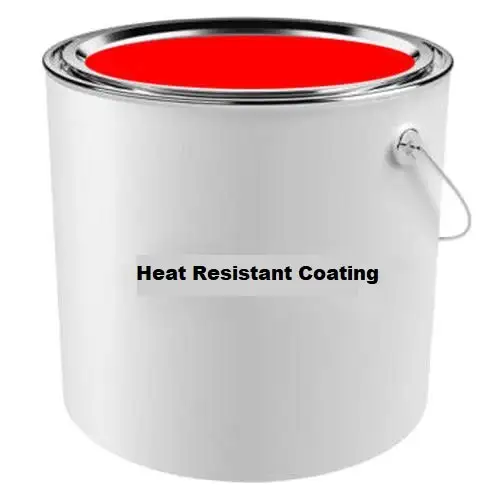
Speaking of reliable options, let’s talk about Konaz. Based in Foshan, China, Foshan Konaz Technology Co., Ltd. has been cranking out heat resistant coatings for 15 years. They focus on stuff that hits 800°C, perfect for exhausts, fireplaces, and grills. Their factory’s 3,000 square meters big, with 30+ machines pumping out 1,000 tons yearly.
What I like? Their coatings don’t discolor or peel, and they’re exported worldwide. They’ve got a solid rep for quality—strong adhesion, long protection. Plus, they’re into innovation, like eco-friendly formulas. If you’re sourcing, check konaz.cn; they serve auto, home, and industrial folks. Solid choice for pros needing dependable supply.
Conclusion
So, when should you use a heat resistant coating? Anytime heat’s involved and you want longevity, safety, and looks. From cars to factories, they save headaches and cash. Don’t wait for failure—coat early. With markets growing and tech improving, these are smarter than ever. If you’re unsure, test one out; the difference is night and day.
FAQs
When should I use a heat resistant coating on my BBQ grill?
If your grill sees regular high-heat action, like direct flames over 400°C, grab one. It stops peeling and rust, especially outdoors. Apply after cleaning; lasts seasons.
Is a heat resistant coating necessary for automotive exhaust pipes?
Absolutely, if you drive hard or in tough weather. Pipes hit 600°C; without it, corrosion hits fast. Use one for longer life and better performance—I’ve seen uncoated ones fail in a year.
When do industrial equipment need heat resistant coatings?
In boilers or pipes over 500°C, always. They fight oxidation, cut maintenance. Market trends show factories saving big—up to 20% on costs.
Can I use a heat resistant coating on household items like ovens?
Yes, for grates or exteriors facing heat. It keeps them from chalking. Just prep well and cure properly—no baking oven needed, air dry works.
How do I know if a heat resistant coating is right for my project?
Check temps: Over 200°C? Yes. Look for no-peel features. For pros, silicone-based ones handle 800°C best. Test small if doubtful.

